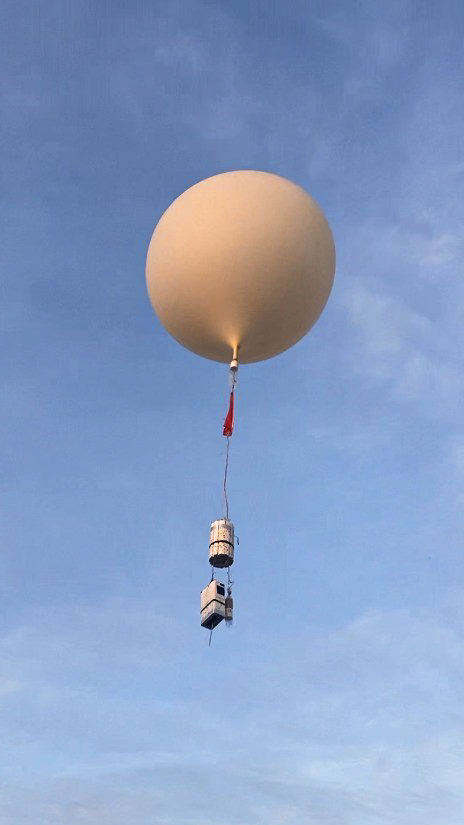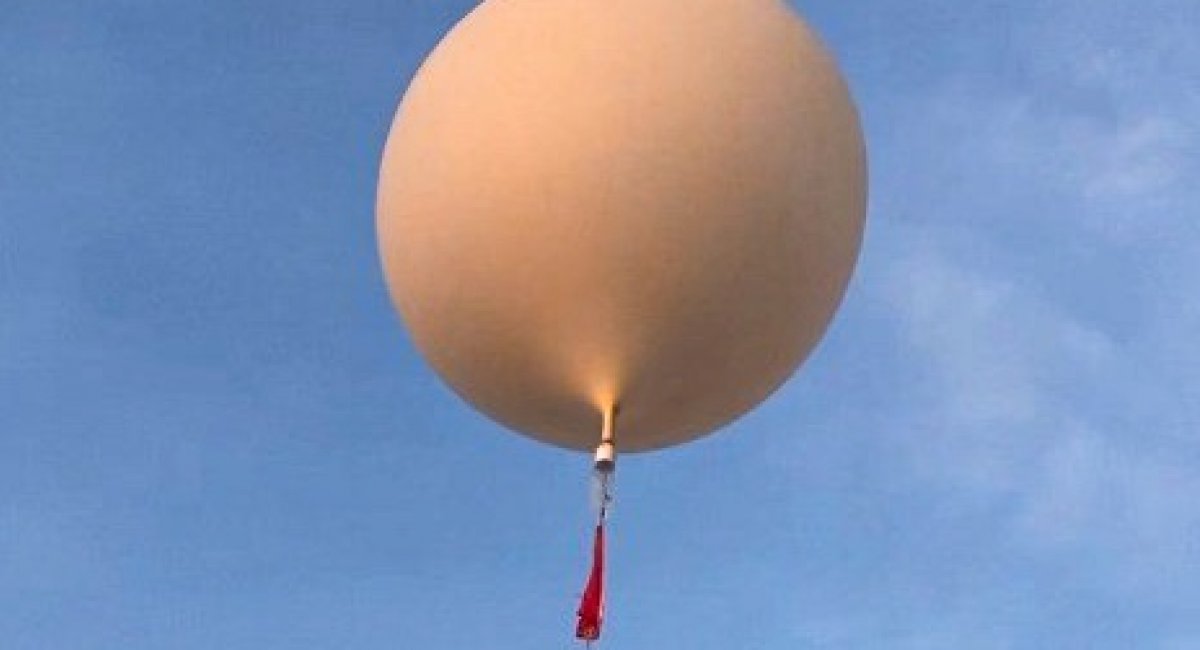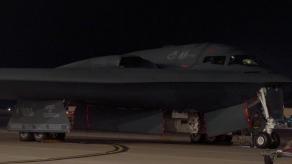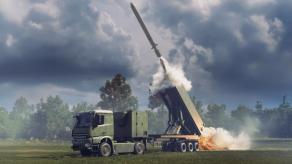The United Kingdom has successfully conducted test flights of unmanned high‑altitude balloons designed for intelligence, surveillance and reconnaissance (ISR). Deployed as part of the Ministry of Defense's Plan for Change, these balloons reached altitudes between 60,000 and 80,000 feet, roughly double the cruising height of commercial airliners.
Operated under the AETHER Project earlier this year over South Dakota, USA, the balloons formed a constellation capable of sustained near‑continuous ISR coverage for nearly a month, far longer endurance than typical high‑altitude platforms.
Read more: UK Defense Intelligence Explains Why russia Hides Its Navy
These high‑altitude platforms offer a cost‑effective alternative to traditional satellite or aircraft-based ISR. With a payload capacity of up to 3 kg and weather sensors weighing as little as a European robin, each balloon can stay aloft for over five days without maintenance.
The platforms can be operated by a single person even in challenging weather conditions, showcasing precise navigation, station-keeping capabilities, and minimal logistical footprint.

According to the Minister for Defense Procurement and Industry, Maria Eagle, "This innovation is about giving our Armed Forces the edge, better awareness, better communications, and lower maintenance needs."
She emphasized the transformational potential of stratospheric ISR technology for complex environments.
Beyond military intelligence, the balloons hold promise for disaster response, emergency communications in remote areas, weather forecasting, and climate science. They imply a future where stratospheric platforms offer rapid connectivity and environmental data transmission on demand.
Looking ahead, the UK Ministry of Defense is evaluating future systems capable of carrying larger payloads for six‑ to twelve‑month missions. These developments could further enhance persistent surveillance and information services from the stratosphere at substantially lower cost than satellites.
Read more: UK Defense Intelligence: russia Escalates Mobile Internet Blackouts Amid Drone Threats and Information Control











